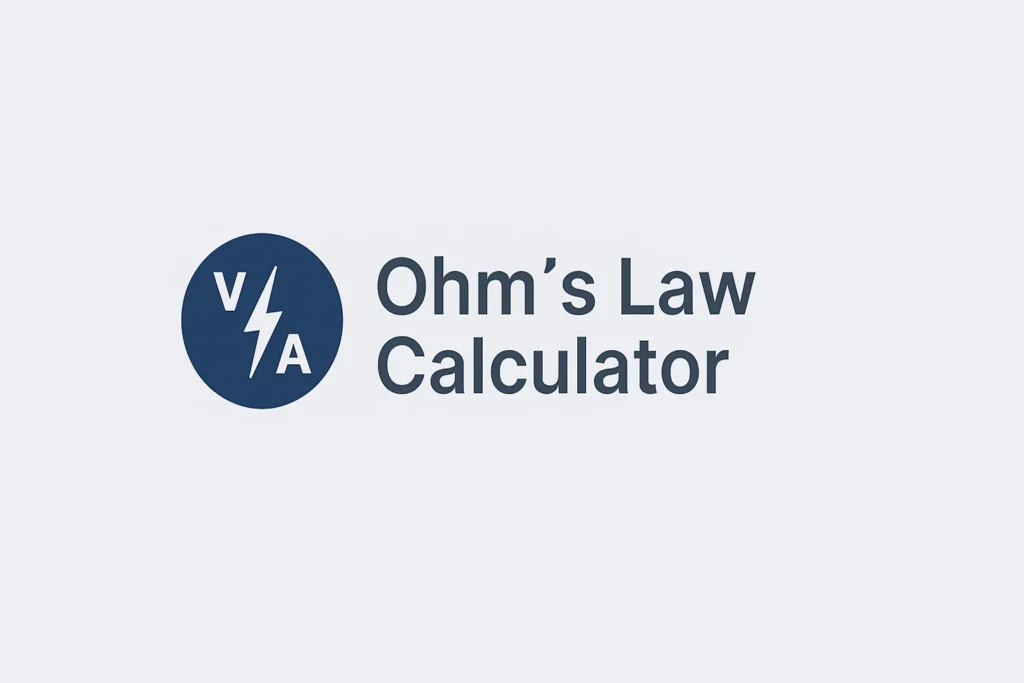Resistors in Series Calculator
Enter Resistance Values (\(R\))
Equivalent Resistance (\(R_{eq}\))
Understanding Resistors in Series
This tool is designed to quickly calculate the total equivalent resistance (\(R_{eq}\)) when multiple resistors are connected in a series circuit.
In a series connection, all resistors are connected end-to-end, forming a single path for the current to flow. The total resistance of the circuit is simply the sum of the individual resistances. This phenomenon is governed by a very straightforward additive relationship:
where \(R_{eq}\) is the equivalent resistance in ohms (\(\Omega\)), and \(R_1, R_2, \dots, R_n\) are the resistances of the individual components. This concept is crucial for simplifying complex circuit diagrams and calculating overall current flow using Ohm’s Law (\(V = I \cdot R\)).
How to Use the Calculator
- Initial Resistor: A single resistor input field is provided when you start. Enter the first resistance value in Ohms (\(\Omega\)). Only positive numbers are accepted.
- Adding Resistors: If your circuit has more than one resistor, click the “+ Add Resistor” button to dynamically introduce a new input field (\(R_2, R_3\), etc.).
- Removing Resistors: If you accidentally add too many or wish to simplify your input, click the “Remove” button next to any input field to delete it.
- Calculate: Once all your resistor values (\(R_1\) through \(R_n\)) are entered, click the “Calculate Equivalent Resistance (\(R_{eq}\))” button.
- Interpreting the Result: The tool will display the calculated equivalent resistance \(R_{eq}\) in the result box. The value is rounded to two decimal places if it is not an exact integer. The unit of resistance is always Ohms (\(\Omega\)).





